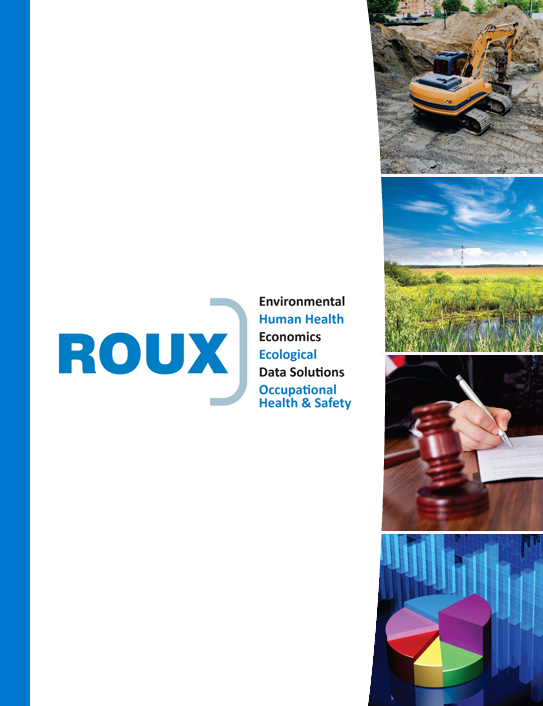First FDA Survey of Processed Foods Finds Minimal Levels of PFAS
Ongoing testing by the Food and Drug Administration (FDA) finds little-to-no detectable levels of per- and polyfluoroalkyl substances (PFAS) in food. The FDA has been testing food as part of its Total Diet Study (TDS) for PFAS and other contaminants since 2019, and recently refined the process for the testing of processed foods. The results of their first survey of processed foods were released to the public on August 26.
In a survey of 167 types of processed food tested, the FDA reported 164 had no detectable levels of PFAS. The remaining three types of food—fish sticks, canned tuna, and protein powder—did contain detectable levels. However, the FDA states they “have no scientific evidence that the levels of PFAS found in the samples tested indicate a need to avoid any particular food in the food supply.” While present, there does not seem to be enough PFAS present in the three foods to raise concerns regarding human health risk.
PFAS, also referred to as “forever chemicals” due to the extended length of time they persist in both the human body and the environment, are a class of chemicals found within a wide range of commercial, industrial, and consumer products. As a result of their persistence and prevalent use, PFAS are found in low levels in people, animals, and the environment throughout the world. Recent scientific studies have found exposure to certain PFAS may be carcinogenic, and have been linked to reproductive, developmental, liver, and kidney problems.
According to the FDA, it is possible the so-called “forever chemicals” could enter food through environmental contamination or through food contact packaging. “Through testing foods in the general food supply for PFAS, consulting with states in circumstances where there may be local contamination of foods, and optimizing our methods for testing, the FDA is making progress in better understanding dietary exposure,” explained Susan Mayne, Ph.D., Director of the FDA’s Center for Food Safety and Applied Nutrition.
Testing within the TDS program is conducted upon a range of samples purchased from grocery stores to represent the average US consumer’s intake of whole and processed foods. The survey of processed foods included certain baby foods, frozen foods, and foods in cans, boxes, or jars that are generally considered non-perishable and are unlikely to vary by time of year or location.
The TDS program aims to test a wide variety of different foods for potential contaminants. Rather than produce definitive results or suggest that a specific category of food should be avoided, TDS intends to ascertain where more testing is needed. If results suggest further testing for a particular sub-category is needed, the FDA can then put together a more comprehensive sample size.
Based on the results of their PFAS testing, the FDA will be continuing with more targeted testing of seafood. To better understand the potential for elevated PFAS within seafood, a survey of the most consumed seafood in the US will begin. The FDA will focus particularly on tilapia and cod. If the results show a pattern of elevated levels of PFAS, additional sampling with a broader range of samples will then commence.
The FDA’s press release can be found here.
